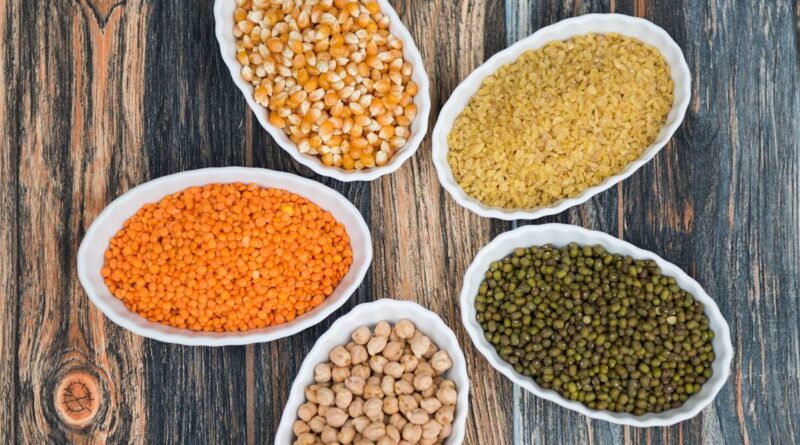Price check: Imports of pulses surge 93% in FY24
Take a guess. Which is the product among the top 30 items in India’s import basket that saw the sharpest increase? It is pulses, that is part of your daily diet.
Facing a shortage in all segments, other than gram or chana, govt has been importing pulses – tur, urad, masur (red lentils) and yellow peas (dried matar) – in large quantities to ensure stable supplies in the domestic market and keep prices under check.
According to latest retail inflation numbers, pulses have seen an annual increase of 17% in March, up sharply from last year’s 4.3% rise. The cost of dal soared nearly 19% in urban areas. The demand-supply gap has prompted govt to aggressively ship the key commodity in Indian thalis, especially for the vegetarians.
As a result, in 2023-24, pulses imports shot up 93% to $3.7 billion, compared to just under $2 billion in the previous year, with dal coming from all parts of the world – from Australia to Brazil and Argentina. While neighbouring Myanmar remains the top source of imports, accounting for nearly a fifth of shipments into the country, thanks to tur and urad.
The highest jump, among the top importing nations, was from Tanzania, from where shipments soared 2.7 times to $281 million during April-Jan, the latest period for which disaggregated data is available with the commerce department.

The hunt for pulses also meant that despite the diplomatic unease, Canada stayed as the second largest source of imports, because of masur and yellow peas. Australia too saw import of pulses jump 2.5 times.
This came at a time when Mozambique was the only major country from which imports fell. In fact, govt had signed an agreement with the African nation to source tur or arhar dal, despite some hiccups in shipping the commodity at times.
In recent months, govt has also moved in to secure supplies from other parts of the world, including Argentina and Brazil.
This article has been republished from The Times of India.

